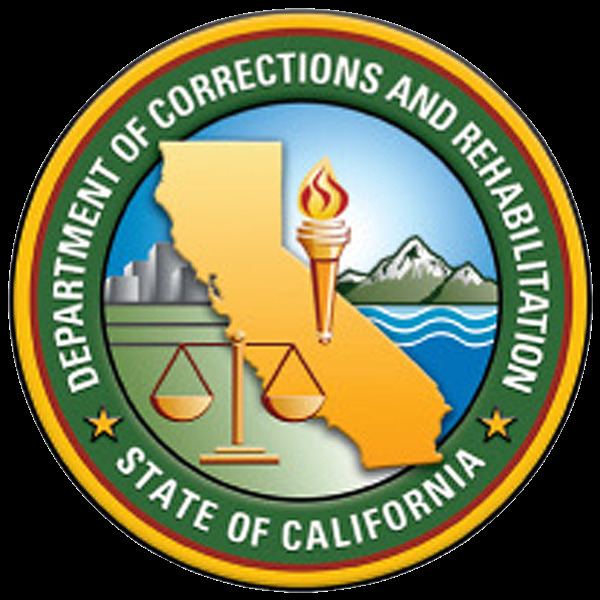Security class Medium-maximum Phone +1 559-992-7100 Opened August 1997 | Status Operational Warden Stu Sherman Capacity 3,424 | |
 | ||
Population 5,724 (167.2%) (as of 31 December 2012) Address 900 Quebec Ave, Corcoran, CA 93212, USA | ||
California Substance Abuse Treatment Facility and State Prison, Corcoran (SATF) is a male-only state prison located in the city of Corcoran, in Kings County, California. It is sometimes referred to as California Substance Abuse Treatment Facility, and Corcoran II.
Contents
Facilities
As of fiscal year 2005-2006, SATF had a total of 1,786 staff and an annual operating budget of $230 million. As of September 2007, it had a design capacity of 3,424 but a total institution population of 7,459, for an occupancy rate of 217.8 percent.
SATF's 280 acres (110 ha) include the following facilities, among others:
SATF's most well-known program involves "two self-contained treatment facilities (739 beds each)... [which] were specifically designed to provide housing and residential substance abuse treatment for minimum security offenders with substance abuse problems." The program uses a "therapeutic community" model which had produced low recidivism rates at Richard J. Donovan Correctional Facility at Rock Mountain and California Institution for Women, and which had also been used at California Rehabilitation Center. In the program, inmates "undergo at least 20 hours a week of individual and group substance abuse counseling, addiction education, relapse prevention, living skills workshops, anger management, conflict resolution, and even a class called 'identification and change of criminal thought processes'." SATF has been described as "the largest addiction treatment center in the world."
History
Having been "authorized by legislation approved in 1993," SATF opened in August 1997.
The California Office of the Inspector General issued a January 2003 report on health care at SATF that "suggest[ed] three inmate deaths in the previous two years could be attributed in part to negligent medical treatment." Per a newspaper article on the report before its public release, the problems at SATF "ranged from lax oversight that has led to the wasting of millions of taxpayer dollars to full-time doctors who see only a handful of patients and continually sleep on the job." The report was publicly released only in March 2004, and is available only in a version "heavily redacted" by lawyers of the administration of Governor Arnold Schwarzenegger.
In February 2007, the California Office of the Inspector General concluded "Numerous studies show that despite an annual cost of $36 million, the Department of Corrections and Rehabilitation’s in-prison substance abuse treatment programs [such as those at SATF] have little or no impact on recidivism." The report characterized the cumulative amount spent by the California Department of Corrections and Rehabilitation on substance abuse programs for inmates and parolees as "a $1 billion failure — failure to provide an environment that would allow the programs to work; failure to provide an effective treatment model; failure to ensure that the best contractors are chosen to do the job at the lowest possible price; failure to oversee the contractors to make sure they provide the services they agree to provide; failure to exert the fiscal controls necessary to protect public funds; failure to learn from and correct mistakes — and most tragically, failure to help California inmates change their lives and, in so doing, make our streets safer." In response, the Schwarzenegger administration reorganized the California Department of Corrections and Rehabilitation and named a new head of its Division of Addiction and Recovery Services.
Notable inmates
The prison's notable inmates include:
